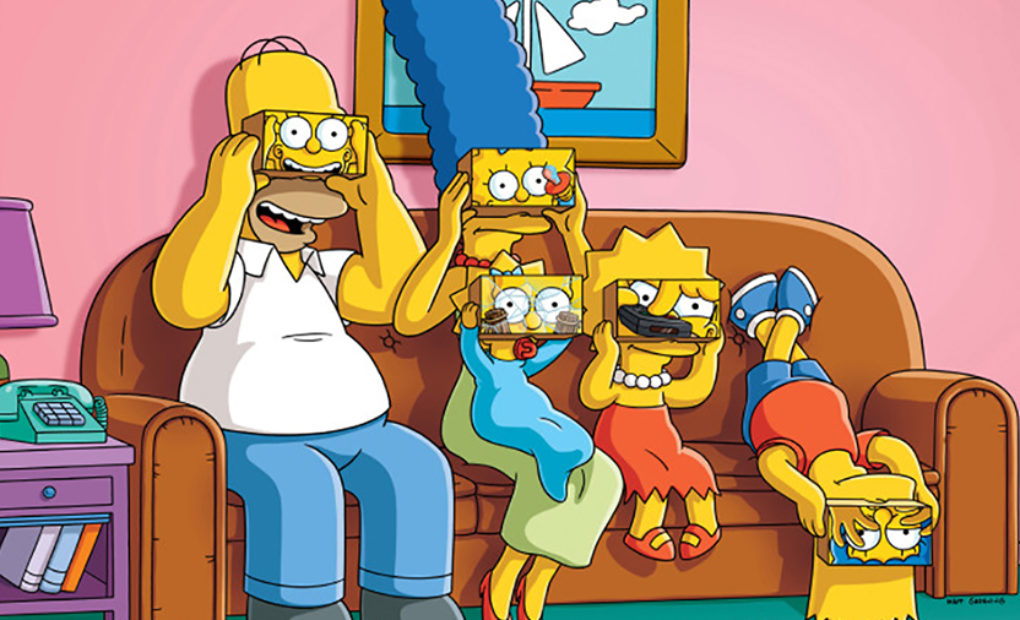
How will different applications of VR drive consumer adoption?
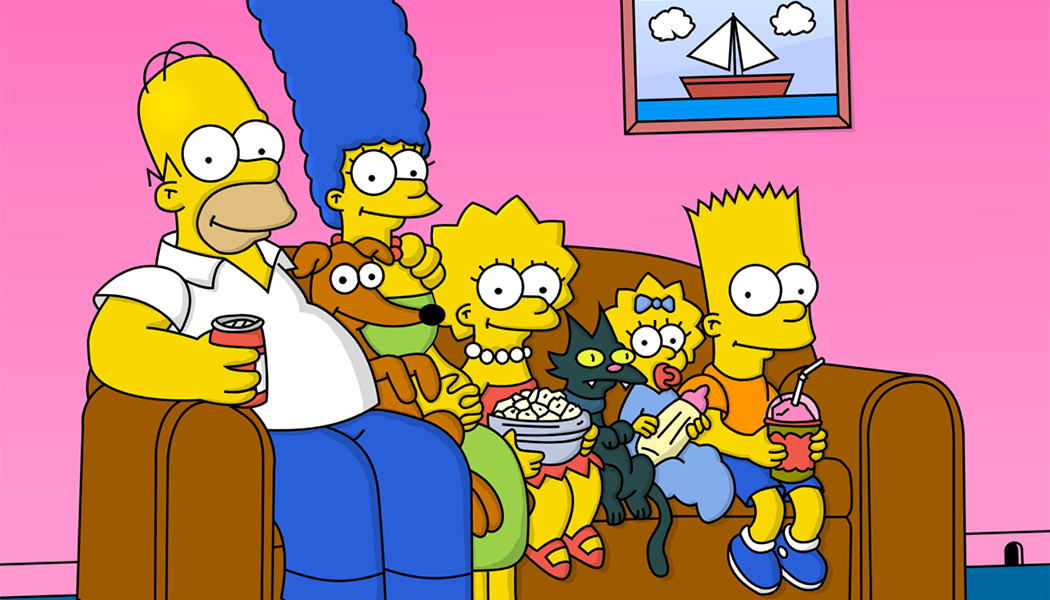
CEO Henry Stuart on finding the consumer sweet spot of VR for industry success
VR is going to be big. By big I mean massive.
To put figures to that, Digi-Capital predict the industry to be worth $30,000,000,000 by 2020 and Goldman Sachs say; VR is going to be bigger than TV by 2025. I was shocked to read the last statement in particular. How can VR get bigger than TV?!
When I think about what a successful future for VR looks like, I think of my family being comfortable to put on a headset at home and watch, play or experience VR rather than TV or other forms of media. This certainly won’t be happening in the short term – my folks, my wife, my brother, all want to watch Netflix, iPlayer, browse the internet, none of them will be thinking of VR – just yet.
The problem with VR
Right now, VR is seen as isolating, and quite understandably. The number of people that will have tried multiplayer or social VR will be tiny but those of us that have will have seen a glimpse into something quite magical. For me, being in VR with other people changed the way I looked at the medium and allowed me to see the huge scope of potential of VR as a social enabler.
VR will not be the end of TV, films, games, the internet – it will just be another way to experience media. Every form of media has it’s own distinct advantages and attractions that will always remain, but where VR really takes off and pulls away from other mediums is in it’s unbounded possibilities. VR can be anything you want.
You can do a spacewalk, fly a dragon, explore underwater caves, be a soldier, a racing driver, collaborate on projects remotely, watch sports or music from the best seat in the house, literally anything you can cast your mind to. VR becomes a door into a world of limitless possibilities. It’s like having the biggest red letter day of your life. As the technology keeps improving, so too does the disconnect between the virtual and the real world become reduced.
VR now and in the (near) future
Right now you can see pixels on the screens, feel the weight of the headset, have rudimentary controls to interact – but this will all change, you will be plugged into the experience on a deep level. ‘Haptic’ technology will mean you are able to touch, feel and experience the scene around you, smell will be simulated, pixels will be so sharp and small you won’t see them and audio will be a seamless part of the scene. At this point it will be down to the creativity and craft of the producers to make experiences and tools that can use this powerful technology, it applies to nearly every conceivable industry.
Below are the industries I believe will lead consumer growth and a look at different applications of VR:
Gaming
It goes without saying, gaming will drive adoption – the launch of the new PlayStation VR headset will spearhead VR getting into people’s homes. Already there are millions of PlayStation consoles around the world, now gamers just need to buy one headset for £349 and not find extra change for the accompanying PC as is needed with the Oculus and HTC Vive systems.
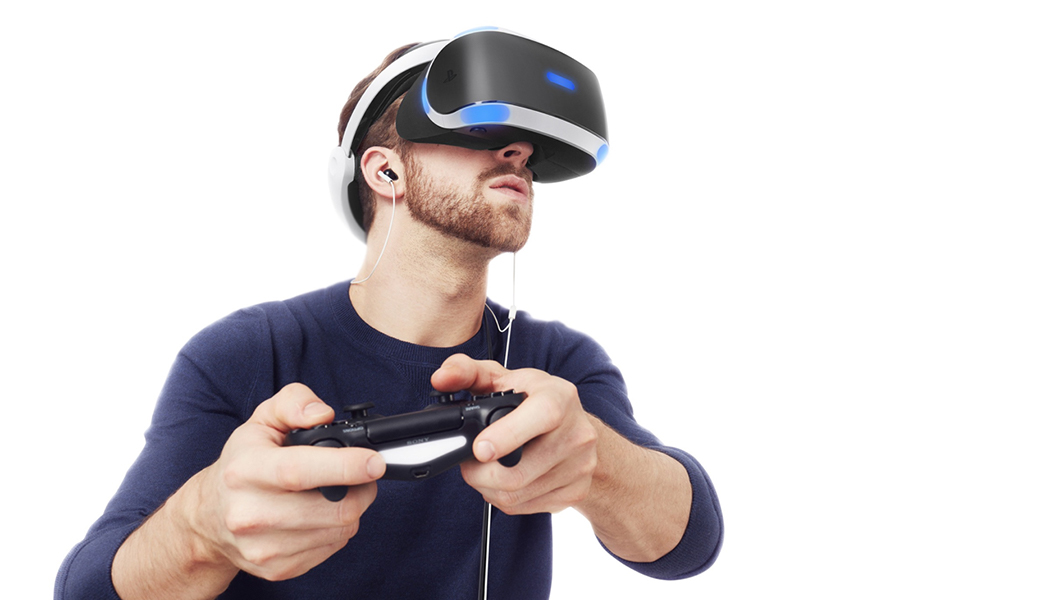
You can buy a PlayStation VR headset for £349 |
Entertainment
Music, TV, drama, you name it, the ability to share a space or rub shoulders with your favourite band, media personalities and actors is tantalising.
Look at music – an industry that has seen dwindling returns on sales due to streaming services. As a result the live gig is more important to the bottom line, Taylor Swift can vouch for that earning quarter of a billion dollars in total for her 1989 World Tour!
But imagine you can be part of the live gig experience in the most intimate way, hanging out with Kasabian backstage, then finding yourself on stage and in the moshpit. Music and entertainment VR experiences are quite literally the best seats in the house that can be experienced on-demand, where each time you get something completely different out of it. That’s hugely appealing for the fan and also a potential money spinner for the band and label.
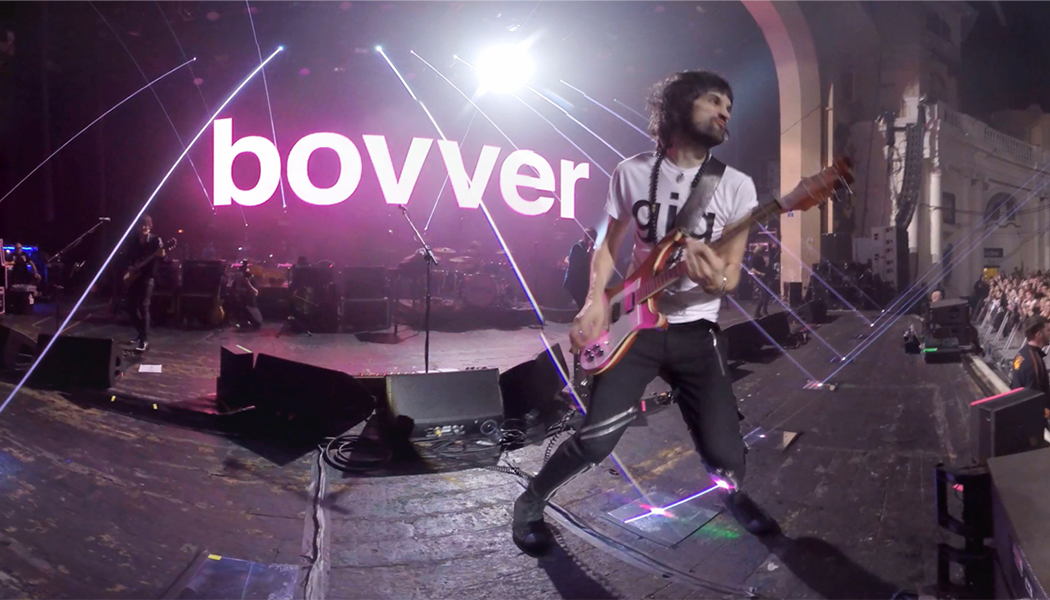
Getting up close and personal with Kasabian’s Sergio Pizzorno |
Sport
The potential for VR to transform the way we consume sports is immense, an industry that is due to hit $73.5 billion in north America by 2019.
Many broadcasters, sponsors, brands and venues have been exploring the different applications of VR across their huge profitable industry, from VR being used to aid athletic training and performance, through to stadium tours, exclusive brand experiences and live streamed 360° videos, placing fans closer to the action, something the BBC rolled out at the Rio Olympics this summer.
If you’re interested in our further thoughts on VR and sports, check out blog post Reality Check – cutting through the hype of VR sports.

Is VR the future of sport? |
Film
When one medium meets another, taking the level of immersion to the next dimension! We’re already seeing Hollywood experiment with VR trailers and companion pieces in their own right, such as Wild, The Martian, Jurassic Park and Jungle Book. However, films will evolve into something altogether different. One particular challenge that comes up in narrative based VR experiences can be the frustration of feeling part of the scene but without the acknowledgment of your (virtual) presence.
“The Swayze Effect (or just Swayze, in the adjective form) describes the sensation of having no tangible relationship with your surroundings despite feeling present in the world.”
Matt Burdette, Lead Environment Artist at Oculus VR
That feeling of helplessness of being ignored in 360° videos has been coined the Swayze Effect after Patrick Swayze’s role in Ghost. Future VR films could have points of interaction and as such change from something passive to interactive – evolving from the film to the experience.
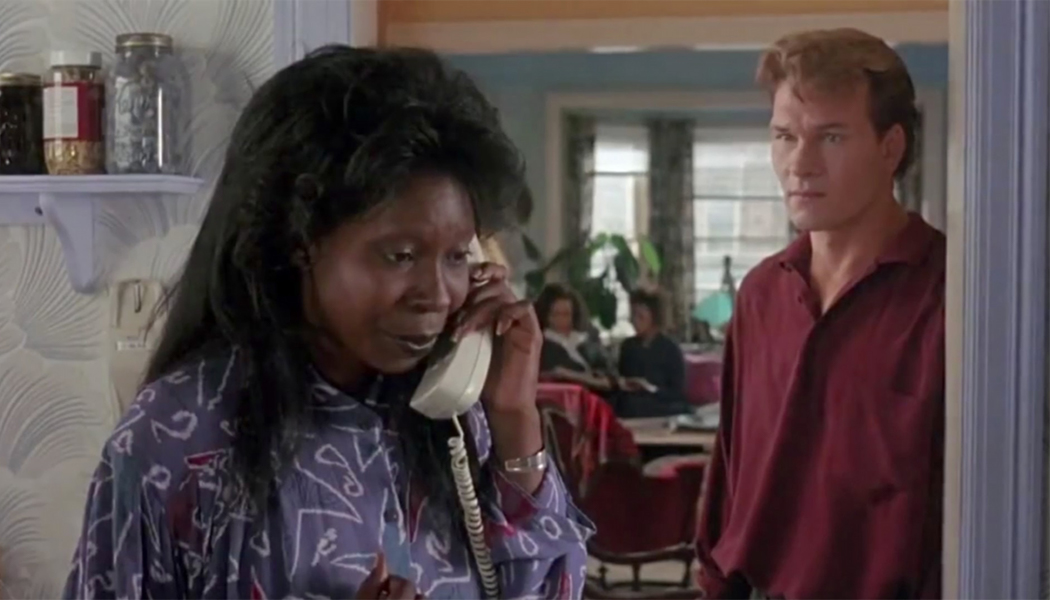
Hello is anyone there? |
Retail
VR and its sister technology, augmented reality (AR) will help to transform the way people shop and influence the path to consumer adoption. It will be one of the most practical uses of VR, opening up retail opportunities not imagined before and making it a reality. People will be able to visit virtual stores that may only have bricks and mortar presence in another country, try on items of clothing without leaving their homes or shop for a big ticket item like a car or buy furniture.
By taking high quality 3D models, putting them in a game engine and introducing haptic technology, brands will be able to interact with customers in the virtual world on a whole new level. Shoppers will have the opportunity to pick up, handle, feel the weight and texture and view from any angle. Brands will be able to go to town on their shops, building the location of their dreams, with no boundaries of money or practicality.
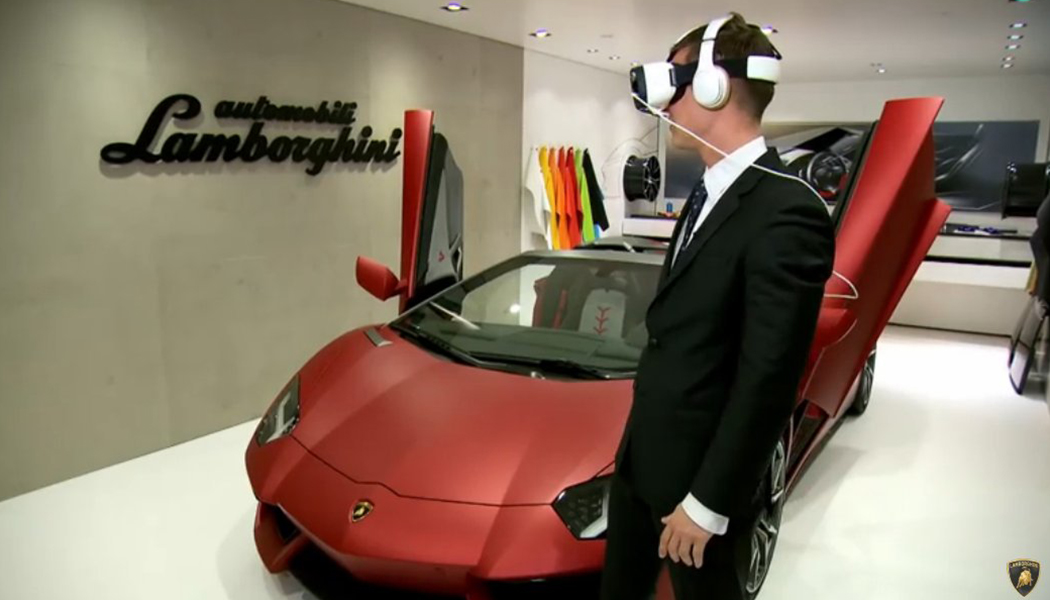
Take a virtual spin in a car showroom |
Social
Social VR is the final frontier, and in my opinion, the most vital in getting full consumer adoption. Despite VR being touted as one of the biggest social enablers in the world, it is currently seen as one of the most isolating forms of communication.
Mark Zuckerberg introduced us to Facebook’s vision of a social future with demonstrations of new social VR experiences at Oculus Connect 3 in October and in April, Second Life founder, Philip Rosedale launched a new open source VR platform, High Fidelity.
“We are about to leave the real world behind.”
Philip Rosedale, Wired interview, October 2016
Although these are exciting developments from within the industry, the concept of social vr is still hard for many to grasp.
Books like Ernest Klien’s Ready Player One looks at a future with a metaverse, a virtual world built that allows people to meet play, collaborate and live.
Once this world has been built and the mechanics of interaction established, then it could be one of the most magical places to visit. No real world constraints, you can have that flying Back to the Future Delorean or know what it’s like to fly or travel through space, meet people while doing this or even build virtual worlds to hang out with friends. Ultimately, this will be the key to consumer adoption.
[image_hover image=’https://visualise.com/wp-content/uploads/2016/11/zucks_oc3.jpg’ hover_image=’https://visualise.com/wp-content/uploads/2016/11/socialVR.jpg’ link=” target=’undefined’ animation=’undefined’ transition_delay=’undefined’]
Over the next three years, if predictions are correct, we are going to see an incremental rise in the use of virtual reality across everyday life and – unlike past tech fads, such as 3D TV – it’s here to stay. Why? Because it’s an entirely new medium and rapidly changing how we play, learn, explore and work. The possibilities are so unconstrained I’m excited to see the above become a reality and how well it is received by the general market.

Comments